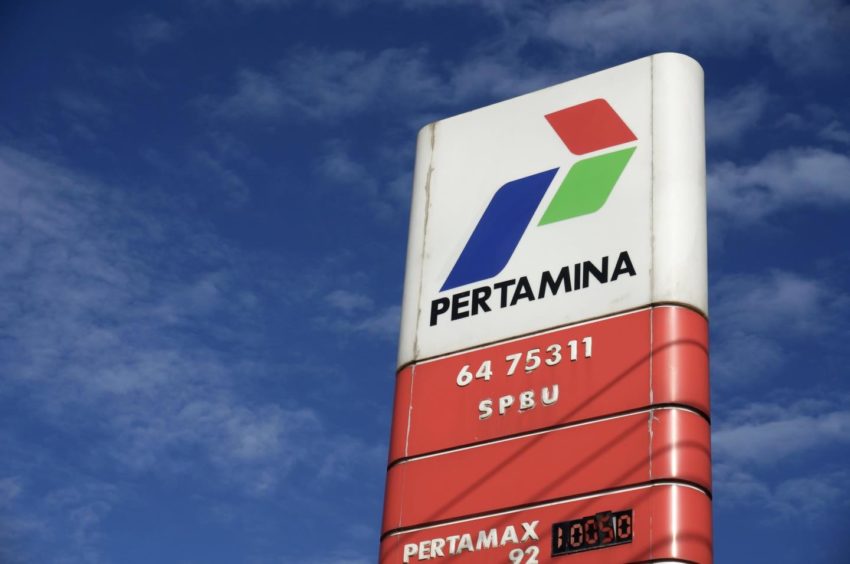
Indonesian national oil company (NOC) Pertamina is now the official operator of the giant Rokan Block offshore Indonesia after taking over from Chevron today. Significantly, Pertamina will invest $2 billion over the next four years in an attempt to reverse declining production at the legacy asset.
Pertamina said it plans to boost production at Rokan, which produces about a quarter of Indonesia’s total oil output, to 165,000 barrels per day (b/d) by the end of the year. At the end of July, output stood at 160,500 b/d and 41 million cubic feet per day of natural gas.
Between August and December, Pertamina will drill 161 new wells at the block, to help increase output, upstream regulator SKK Migas said in a statement.
Pertamina plans to invest $2 billion at Rokan, Indonesia’s second-largest oil producing block, on Sumatra Island in the period to 2025, the NOC’s chief executive Nicke Widyawati said in a streamed handover ceremony.
“Pertamina is committed to maintain post-transfer production by conducting predetermined drilling,” Nicke said at the ceremony, adding that on top of drilling this year, in 2022 an additional 500 wells were planned.
Based on the revenue-sharing contract for Rokan, Pertamina will manage the block for 20 years, from 2021 to 2041, using the gross split profit-sharing scheme.
Pertamina aims to produce 1.5 billion barrels of oil over the next 20 years and is targeting a production rate of 175,000 to 180,000 b/d of oil in the longer term. However, drilling more wells will not be enough to hit this goal. Pertamina will have to master enhanced oil recovery (EOR) technology at the block.
Chevron’s request to extend their Rokan PSC was refused in July 2018 in favour of Pertamina. Production from Rokan has dropped sharply from 210,000 b/d in 2018 to around 170,000 b/d in 2020 after Chevron cut back on investment.
Under ordinary circumstances, when a NOC takes over from a supermajor to develop a domestic asset, production growth would be expected in the early stages, as the NOC is able to devote management efforts to projects that the supermajor would have felt were not worth management time, Readul Islam, an Asia upstream specialist at Rystad Energy, told Energy Voice, earlier this year.
“Just the reduction in drilling activity ever since Pertamina was unveiled as the winner of the Rokan extension should ensure that there are quick-win low hanging fruits to chase to raise Rokan production rates,” said Islam.
However, “since taking over at Mahakam three years ago, Pertamina has presided over an approximate halving of the project’s production rate — this simple statistic might temper expectations of a rapid Rokan resurgence,” added Islam, referring to the Mahakam Block, formerly operated by Total and Inpex.
Chevron had sought to extend its operating contract beyond 2021 at Rokan, but the government said Pertamina’s offer was more appealing
Rising resource nationalism has seen the government award Pertamina more and more expiring oil and gas blocks in recent years, replacing the IOCs operating the legacy contracts. These assets, and the scale of some of them, present technical challenges and a high degree of execution risk for Pertamina, particularly during the handover and transition periods.
Significantly, a lack of upstream partners raises the risks for Pertamina as the NOC becomes increasingly exposed to higher risk as it acquires more legacy assets. This could be mitigated by partnering with IOCs, but potential upstream suitors remain elusive.
Rokan has produced 11.69 billion barrels of crude oil since it started production in 1951.
